Should you allow air flow through a crawl space with a dirt floor?
Hello,
We own an 800square foot cabin in Northern Saskatchewan that is not winterized. The foundation was originally on concrete blocks so we had it lifted and put on screw piles. When it was lifted the new crawl space was sheeted with plywood and poly was layed on the dirt floor. The contractor's then placed pink insulation on top of the poly. We have a lot of moisture down there as the temperatures reach -40 in the winter and then the ground thaws in the summer. We do not have constant power, so a dehumidifier is not an option. Our cabin's floor is shifting and possibly heaving in sections. To make matters more difficult the contractors dropped the cabin when lifting it. My question is could the plywood sheeting covering in the crawl space be removed so that air can circulate underneath the cabin? If it is best to remove the sheeting what would your suggestion be for insulating the floor from below? We are thinking spray foam? Then would you put plywood to cover that for extra protection from critters? Thank you
Amber









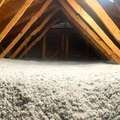
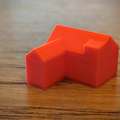




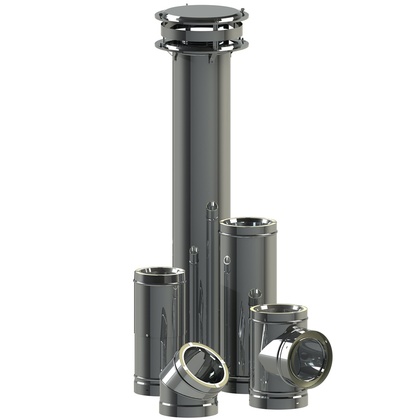

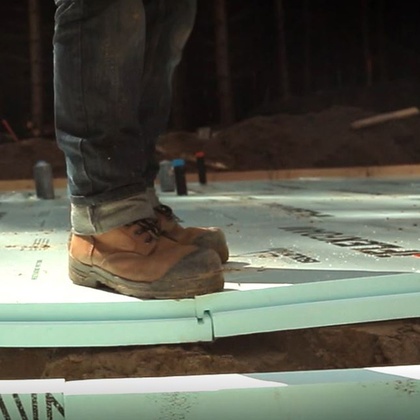
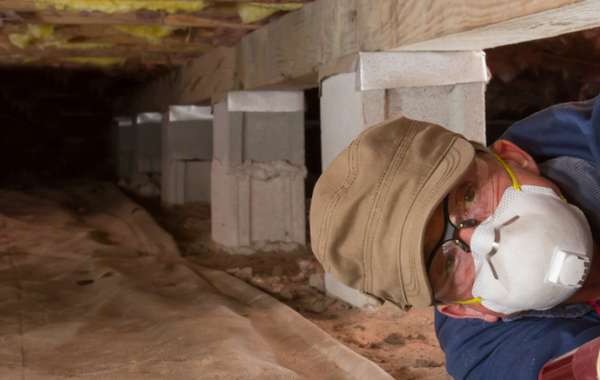
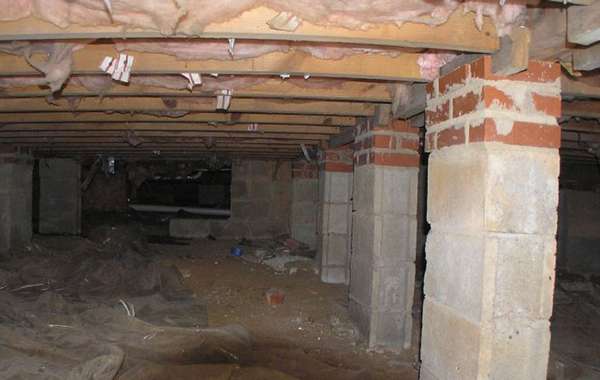
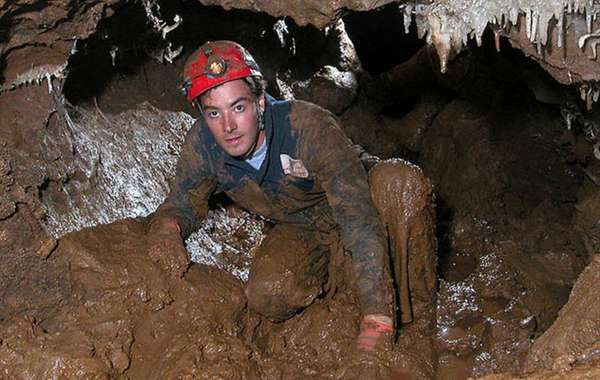
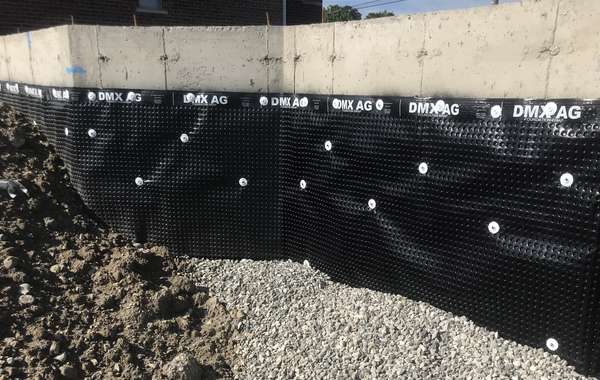
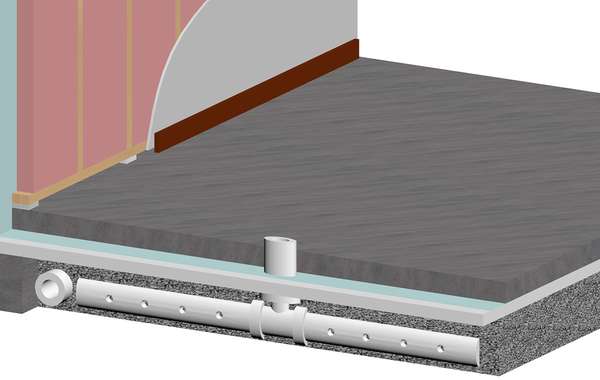
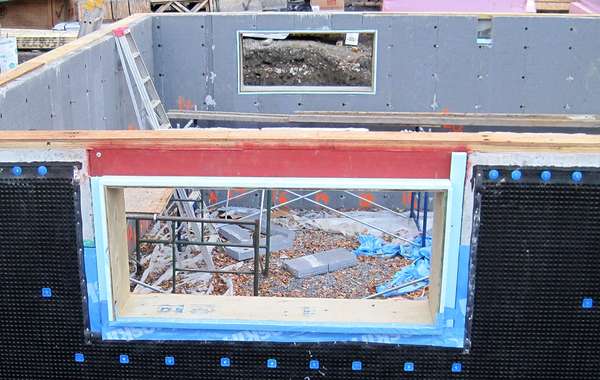
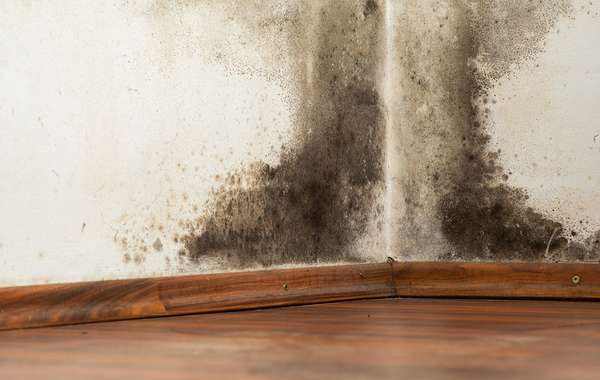
A crawl space with a dirt floor is always a problem as the dirt will be a continuous source of moisture and risk mold, mildew and rotting floor joists if left as is. So that was a good move to put down a poly vapour barrier on the ground, but the rest is a little suspect to me as it is to you. First though I would point you to this page in case you haven’t seen it yet, it discusses the issues with crawl spaces and how they are best insulated and kept dry.
Crawl Space Insulation Tips for Insulating Crawlspaces Properly
So a few questions – is it now just flat ground under the cabin?
If not, now deep is it? How much space between the dirt and the bottom of the floor joists?
Is it now just uninsulated walls made of plywood?
What I’m getting at here is that it really isn’t, or doesn’t *have* to be a crawl space anymore. If the walls (or ‘sides’) are just plywood then it seems to be it may be doing no good but only harm. I will try to elaborate : Insulating the ground on top of the poly and not having air sealed and insulated walls is pretty much pointless, that fiberglass is doing very little to retain heat.
I imagine the floor is pretty cold in winter? Based on what I know so far - if it were me I’d remove the plywood so you don’t trap moisture, I would then insulate between the floor joists below. Normally we don’t recommend venting an otherwise closed in crawlspace, but letting air flow freely on all sides makes the most sense I think.
You could spray foam underneath it as you suggest, (see here to find spray foam companies with the most eco-friendly blowing agents) as that will insulate it, act a a vapour barrier and prevent air leaks. You could then cover the spray foam with your existing plywood if its still in good shape, or to keep animals out entirely you could lattice or diamond lathe metal around perimeter. Let me know if I misunderstood anything, happy to help more.
Hello Mike,
Thank you so much for your response. Yes it is now flat ground underneath the cabin and has about 2 feet between the ground and the floor joists. It was insulated plywood walls however over time the critters have gotten into the insulation as well as moisture and most of it has disintegrated or disappeared. We were all thinking exactly as you said "it doesn't need to be a crawl space". We close the cabin in the winter and it stays empty for the cold winter months. Thank you so much for your response and guidance. I believe we will take down the plywood walls, insulate the floor and cover it with plywood. We will then put lattice as you have suggested. Thank you
Amber
Hi Amber, you're very welcome, glad the input it helped!